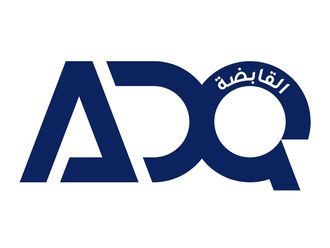Launceston, Australia: One of the assumptions most observers of the crude oil market make is that China will continue to be the engine of global demand growth, thereby providing underlying support to prices.
It’s not an unreasonable assumption, given the world’s largest importer brought in 8.4 million barrels per day (bpd) in 2017, 10.1 per cent more than the prior year, according to customs figures.
The extra 800,000 bpd China imported in 2017 was about half of total global demand growth.
However, there are increasing signs that China’s crude oil imports are moving toward becoming a zero-sum game, insofar as much of the rise in imports is being exported as refined fuels.
A zero-sum game is when the gains of one group are cancelled out by the losses of another.
While China isn’t exporting every extra barrel of crude it imports as refined products, it is increasing its overseas fuel sales, thus potentially displacing crude demand at refiners it is successfully challenging for market share.
China will import 452 million tonnes, equivalent to 9 million bpd, in 2018, a gain of 7.7 per cent from last year, state-owned major China National Petroleum Corp (CNPC) said in its annual outlook released earlier this month.
That would be an increase of about 600,000 bpd in imports from 2017, a slower growth rate than what was achieved in 2017 but still a significant pull on global demand for crude.
However, CNPC also forecast that China’s refined product shipments would surge in 2018, with net diesel exports expected to jump 47 per cent to 23.8 million tonnes, or about 509,000 bpd.
Net exports of gasoline were forecast to increase 23 per cent to about 12.8 million tonnes, or about 298,000 bpd.
Full year figures have yet to be released by China customs, but for the first 11 months of 2017 diesel exports were about 342,000 bpd and gasoline shipments were about 217,000 bpd.
If CNPC’s forecasts are accurate, this implies that in 2018 diesel exports will rise by about 167,000 bpd and gasoline by about 81,000 bpd.
Taken together and it means that about 230,000 bpd of China’s additional crude demand in 2018 will simply be refined and sent back to the global products market.
China fuel exports may impact crude
This fuel can be absorbed if there is sufficient demand growth for refined fuels, but if there isn’t, then China’s additional refined product exports may end up displacing crude demand in other countries that export fuels.
In the Asian context this means India, Singapore, Japan and South Korea, all of which have refineries that export some, or even significant amounts, of their production.
There are already signs that Chinese exports are having some impact on refinery profits in the region, with the margin per barrel at a typical Singapore refinery dropping to $6.22 during Thursday’s trade down from the recent peak of $9.07 in September and also below the 365-day moving average of $7.01.
Of course, higher crude oil prices are also squeezing margins in Asia, but a surge in exports from China is likely to be the last thing the region’s refineries will be wanting.
If refiners across Asia continue to feel pain from rising Chinese exports and higher crude prices, with Brent futures up 5.5 per cent from the end of last year to the close of $70.53 on Wednesday, then expect to see a response in physical crude prices.
This is likely to manifest itself in widening discounts to price benchmarks in the official selling prices (OSPs) of major exporters such as Saudi Arabia.
Already the Saudis kept the OSP of their benchmark Arab Light grade at a premium of $1.65 to regional marker Oman-Dubai for February-loading cargoes, the same as for January shipments.
The steady price came after four consecutive monthly increases, and it won’t be a surprise if the OSP is lowered for March cargoes when the Saudis release pricing details early next month.











